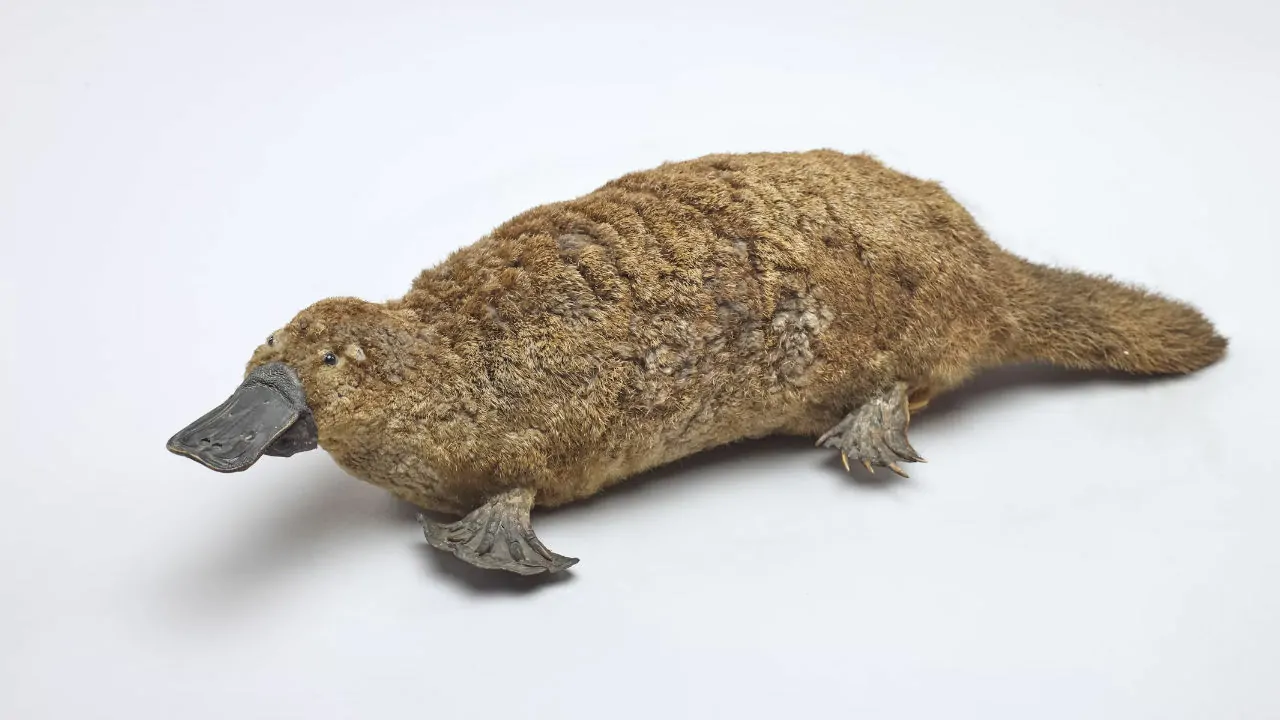The platypus is one of nature’s most fascinating mammals. Native to eastern Australia and Tasmania, this unique creature is the only living semiaquatic mammal that lays eggs, apart from the echidna. Belonging to the monotreme group, the platypus defies typical mammalian traits, making it a subject of intrigue for biologists and nature lovers alike.
What makes it so special? For one, its duck-like bill, webbed feet, and beaver-like tail give it an almost mythical appearance. But the most unusual feature is its method of reproduction. Unlike most mammals that give birth to live young, the female platypus lays one to three leathery eggs, incubating them in a burrow for about ten days. Once hatched, the babies are fed with milk secreted from the mother’s skin, as platypuses don’t have nipples.
Adding to its oddities, the male platypus is venomous, with a spur on its hind legs that can deliver a painful sting. This trait is rare among mammals and adds another layer of uniqueness to its profile.
The platypus thrives in freshwater rivers and lakes, using its bill to detect prey through electroreception—another rare trait among mammals. It mainly feeds on small invertebrates, insects, and larvae.
In summary, the platypus stands out not just for its appearance but for its egg laying ability, making it a truly one of a kind mammal in the animal kingdom.
